I cut my energy bill by $20 a month with this simple power strip trick
Flip one switch to kill vampire power

Here's the problem with your gadgets. Even when they look like they're switched off, many of them are still sipping electricity. That quiet, always-on draw is called vampire or phantom power, and it adds up.
“Vampire energy takes up about 5-10% of the average US monthly home electricity bill,” with average bills “just under $150 per month,” says Scott Harden, SVP and CTO at Schneider Electric. This works out to roughly $90 to $180 per year in wasted power.
My own bill is closer to $200 a month, but I shaved off a hefty $20 by bundling my gear onto two switched power strips, then turning them fully off when not in use.
I run a “home office” strip and an “entertainment center” strip, both of which are scheduled to power down overnight and whenever I am out. Here's how it works.
How to group your power strips

What to include: TV, consoles, streaming box, soundbar or AVR, powered speakers, media players, gaming dock.
Best strip: A master-controlled advanced power strip that senses when the TV turns off, then cuts power to the peripherals.
Nick Barber, Co-Founder at Utilities Now. recommends “a master-controlled smart strip that powers off peripherals… when the main device… is turned off”. If you record overnight, keep the DVR on an always-on outlet.

What to include: Desktop or dock, monitors, printer, speakers, ring light, hubs, chargers.
Best strip: A basic strip with a big on or off rocker, or a smart strip you can schedule.
“Smart power strips have a timer feature that turns power on and off automatically on a set schedule,” says Nikolin.
Phantom load devices can be anything that draws power while idle. In most homes, that includes cable or streaming boxes, gaming consoles, desktop PCs, monitors and printers, Wi-Fi routers, and small appliances with clocks or status lights.
Harden’s team estimates desktops to cost $10.47 per year in standby, with cable boxes and routers averaging $6.89 each.
Sergey Nikolin, President at Product Air Heating & Cooling LLC, is even clearer: “the cable box is the biggest energy hog and wastes around $20 annually by itself,” with routers and consoles adding “another $15 in total” if left plugged in 24/7.
Get instant access to breaking news, the hottest reviews, great deals and helpful tips.
Here's how to create strategic power strips that can cut that spending down instantly.
Step-by-step setup
1. Audit your plugs
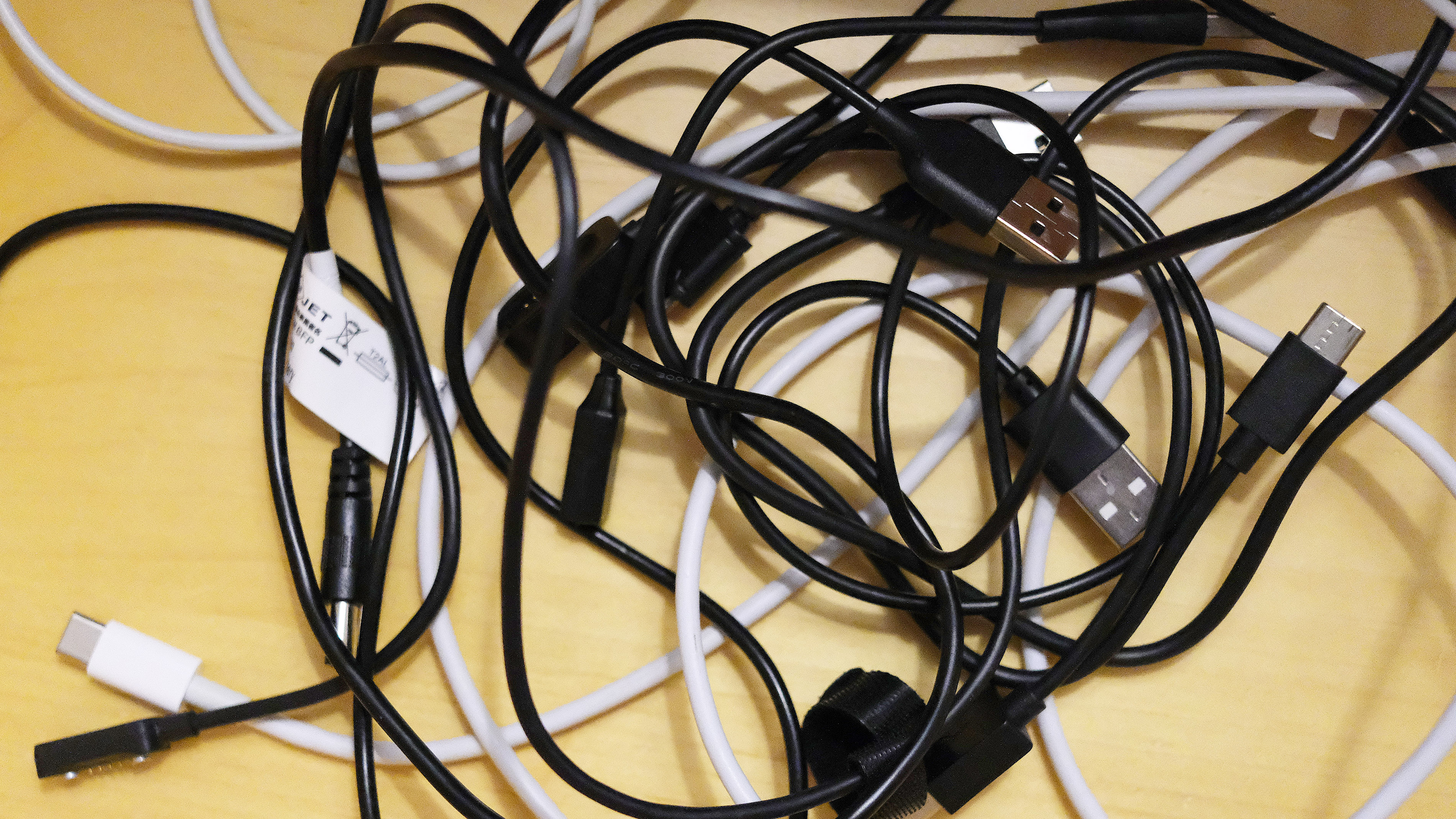
Walk through your rooms at night and list anything with a light, display, or power brick.
2. Choose the strip
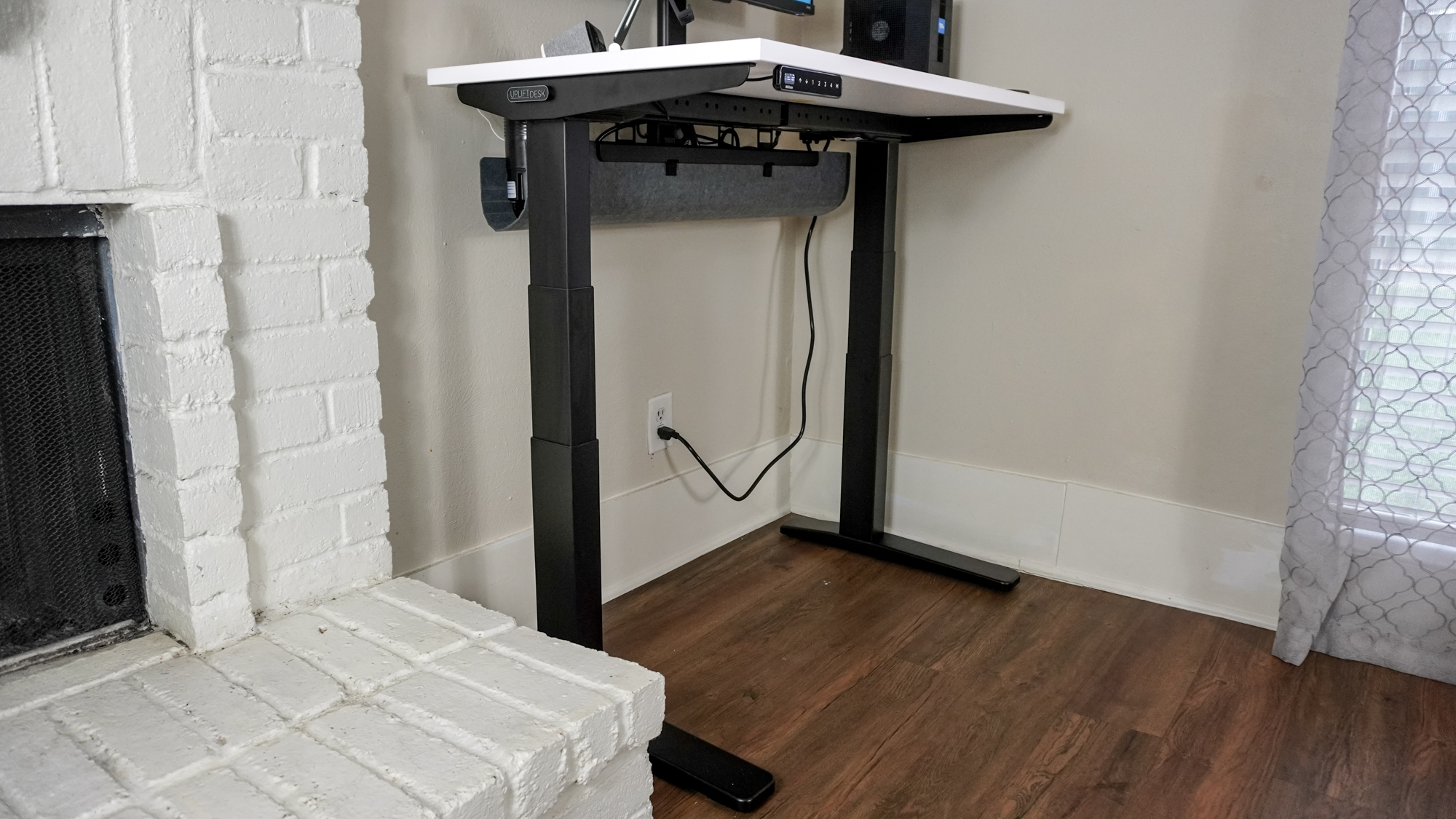
Master-controlled for the TV setup, scheduled smart strip, or a straightforward rocker for the desk.
3. Plug and label
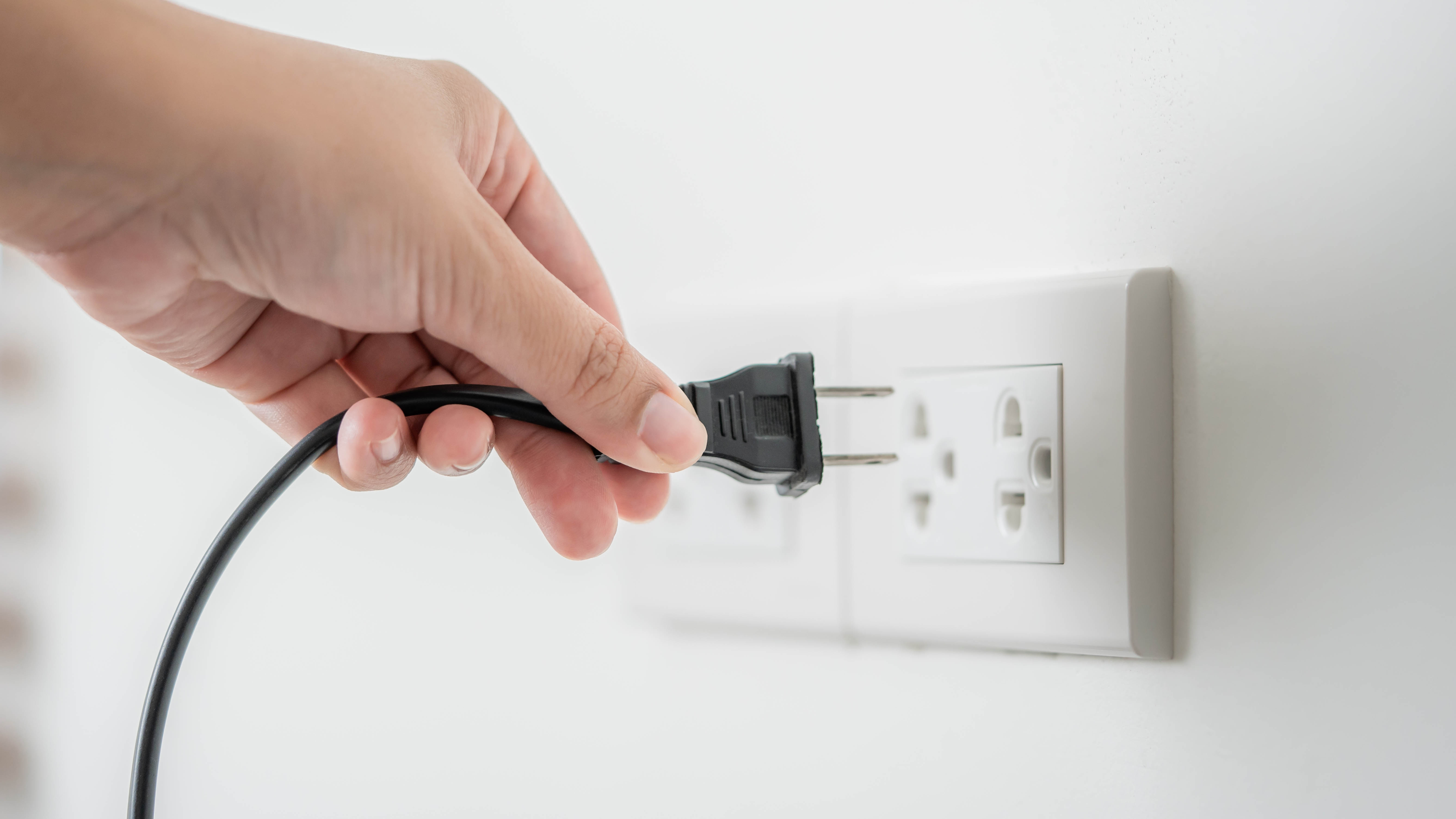
Put the TV or PC in the control socket, peripherals in the switched sockets, and label everything so anyone can use it.
4. Schedule wisely
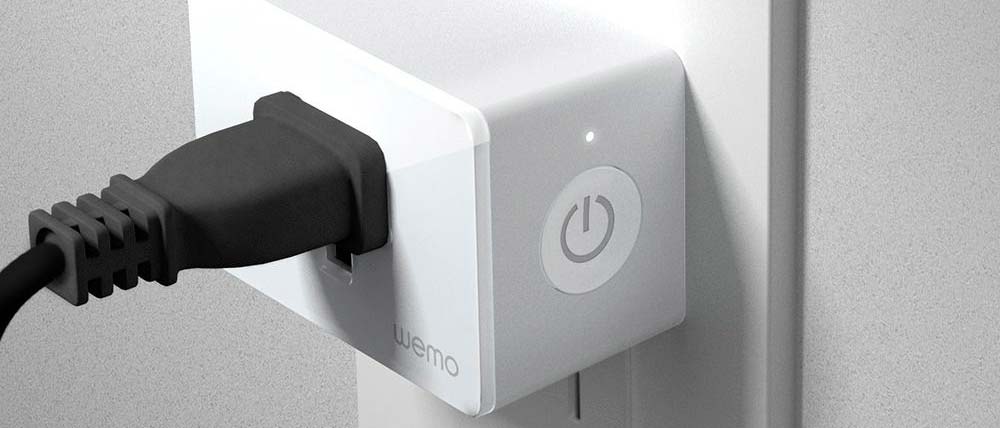
Cut the power overnight and when nobody is home. “Set a realistic schedule so that you save the most energy without making everyday life annoying,” says Nikolin.
5. Test and tweak
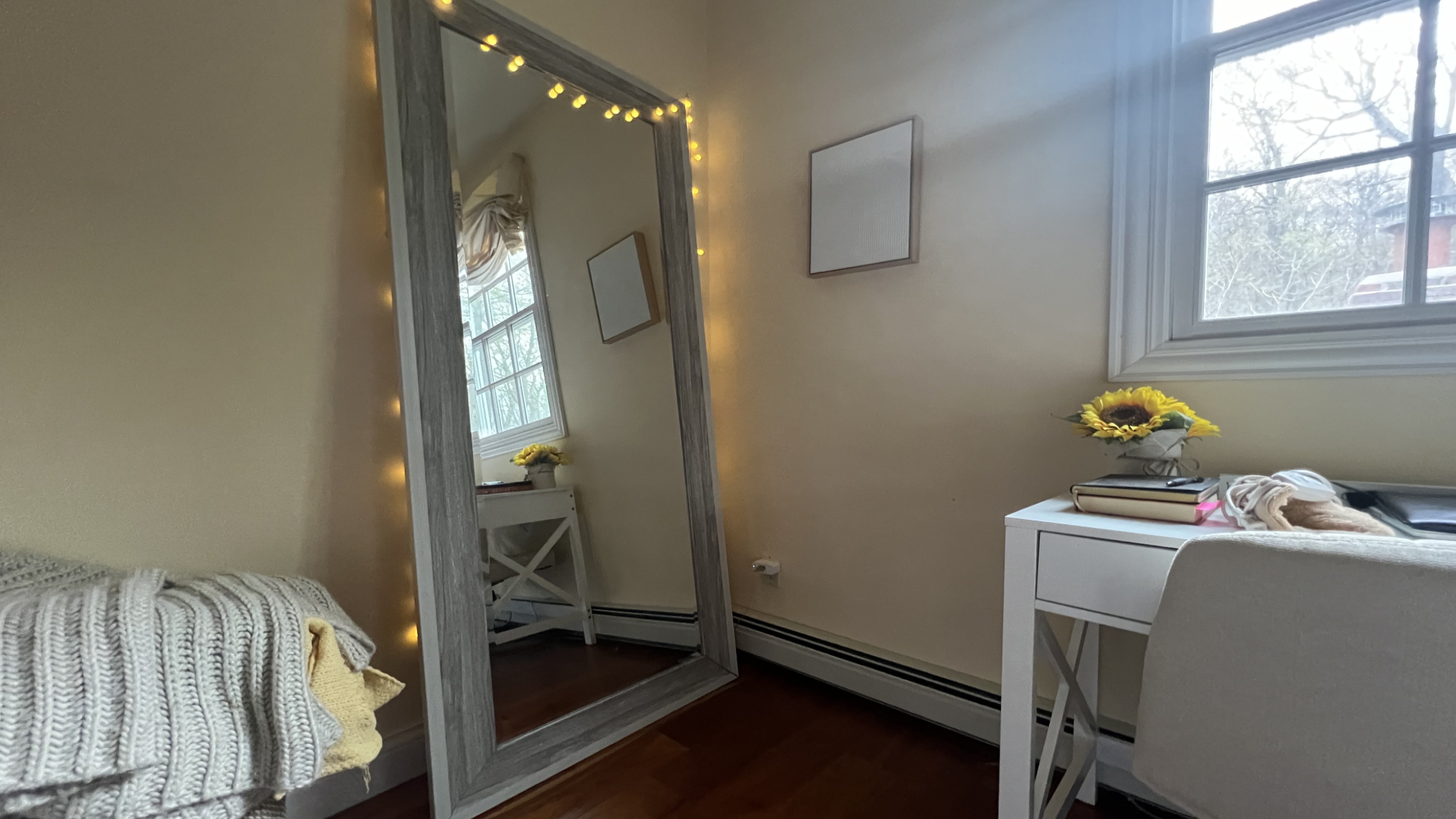
Make sure essentials are not interrupted. As David Borchardt, Senior Mechanical Engineer at MD Energy Advisors, notes, “many home appliances need time to reboot and download data when not connected to a continuous power source.”
Why it works
Small numbers running all day add up to real money. Targeting dense device clusters removes the most significant chunk of wasted standby energy in a single move.
Barber says entertainment centers and home offices “can cut standby power by 25-50 watts,” saving “around $4-$7 per month, or $50-$85 annually,” with payback “within 12 months” on a $25 to $40 strip.
Even a single living room setup with a TV and console “already saves around $30 a year,” says Nikolin, who adds that equipping those device-heavy rooms “almost eliminates wasted energy draw around the house.”
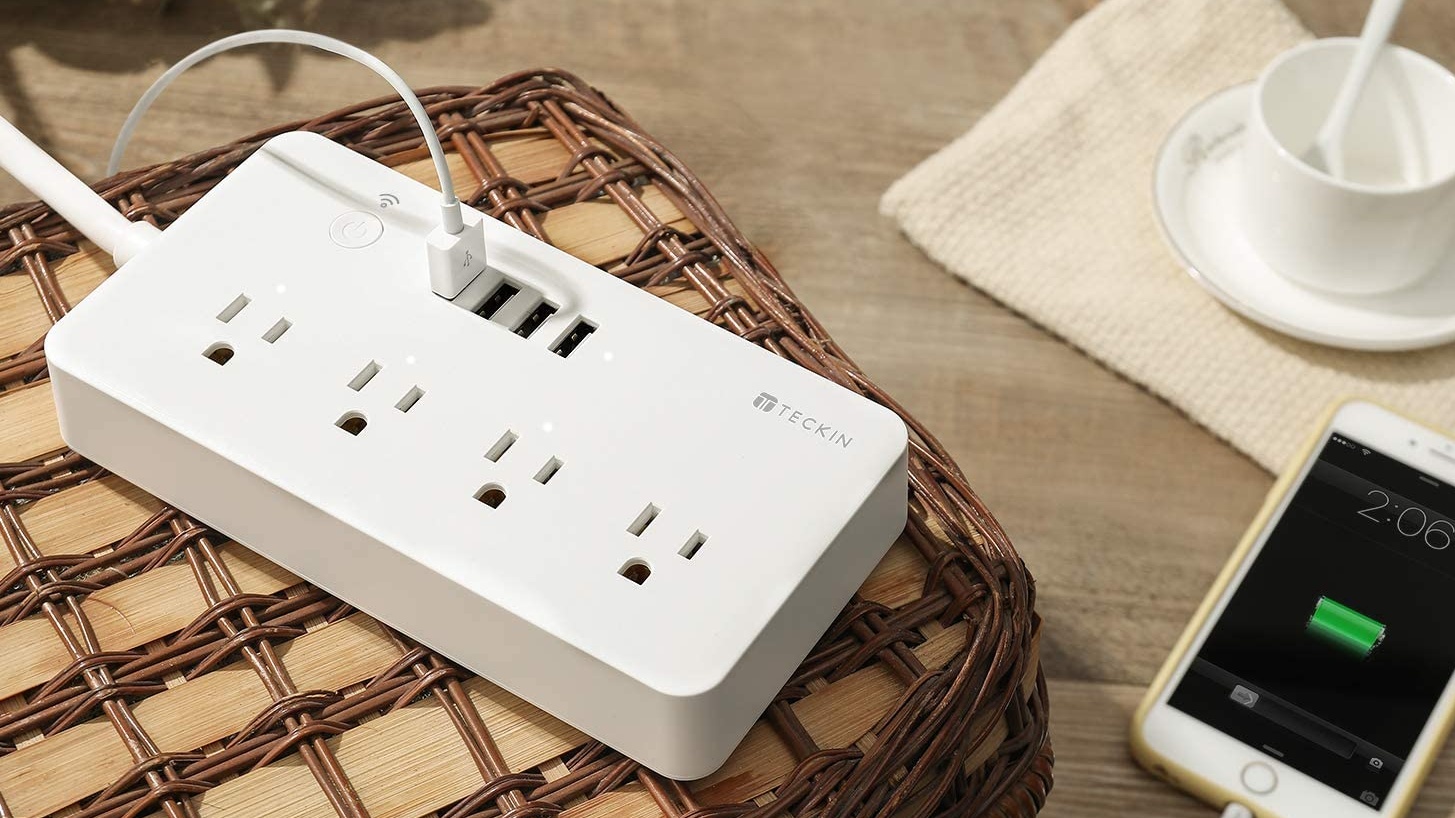
He also points out the math that matters for shoppers: “You’ll spend about $30 on a good surge-protecting smart strip,” which “pays for itself in a single year,” and over five years, “it’ll save you close to $120.”
Borchardt’s tally of typical phantom loads lands “between $95 and $150 annually,” and he pegs payback at “about six months if you use it for as many phantom loads as possible.” Many utilities even offer smart strips at a discount or for free.
There are caveats. In efficient homes with modern gear, the savings can be smaller. Founder & CEO at Latimer Enterprises, Dr. Naeem Turner-Bandele’s field analysis found that a smart-strip intervention saved “$7.98 annually,” and he argues that “the real savings come from smart lighting systems and smart thermostats.”
That is a useful reality check. If you have just a few devices, you will save less. If you have multiple TVs, set-top boxes, consoles, printers, and chargers, you will save more.
Also consider convenience. Clocks and set-top boxes may need a moment to reboot, so keep your modem and any DVR that records overnight on an always-on outlet, and keep schedules simple.
As Barber cautions, the biggest mistake is “overriding schedules or disabling features for short-term convenience” and then forgetting to turn them back on.

Follow Tom's Guide on Google News and add us as a preferred source to get our up-to-date news, analysis, and reviews in your feeds.
More from Tom's Guide
- Report reveals which appliance brands are rated highest by consumers
- 7 kitchen appliance settings you should be using to make your life easier
- Best smart air conditioners

Caroline is a freelance writer and product tester, previously working in roles such as smart home editor across various titles at Future, including Livingetc, Homes & Gardens, and TechRadar. As a technology and lifestyle expert, Caroline specializes in smart home tech, appliances, and more. She currently operates out of her cozy Suffolk apartment and is more dedicated than ever to helping people find the best products for their own homes.
You must confirm your public display name before commenting
Please logout and then login again, you will then be prompted to enter your display name.
